Habe Mut, Dich Deines Eigenen Verstandes Zu Bedienen.
Habe Mut, dich deines eigenen Verstandes zu bedienen.
Have the courage to use your own mind.
Immanuel Kant (1724 – 1804), German philosopher
(via jedentageinzitat)
More Posts from Evisno and Others

I believe in free education, one that’s available to everyone; no matter their race, gender, age, wealth, etc… This masterpost was created for every knowledge hungry individual out there. I hope it will serve you well. Enjoy!
FREE ONLINE COURSES (here are listed websites that provide huge variety of courses)
Alison
Coursera
FutureLearn
open2study
Khan Academy
edX
P2P U
Academic Earth
iversity
Stanford Online
MIT Open Courseware
Open Yale Courses
BBC Learning
OpenLearn
Carnegie Mellon University OLI
University of Reddit
Saylor
IDEAS, INSPIRATION & NEWS (websites which deliver educational content meant to entertain you and stimulate your brain)
TED
FORA
Big Think
99u
BBC Future
Seriously Amazing
How Stuff Works
Discovery News
National Geographic
Science News
Popular Science
IFLScience
YouTube Edu
NewScientist
DIY & HOW-TO’S (Don’t know how to do that? Want to learn how to do it yourself? Here are some great websites.)
wikiHow
Wonder How To
instructables
eHow
Howcast
MAKE
Do it yourself
FREE TEXTBOOKS & E-BOOKS
OpenStax CNX
Open Textbooks
Bookboon
Textbook Revolution
E-books Directory
FullBooks
Books Should Be Free
Classic Reader
Read Print
Project Gutenberg
AudioBooks For Free
LibriVox
Poem Hunter
Bartleby
MIT Classics
Many Books
Open Textbooks BCcampus
Open Textbook Library
WikiBooks
SCIENTIFIC ARTICLES & JOURNALS
Directory of Open Access Journals
Scitable
PLOS
Wiley Open Access
Springer Open
Oxford Open
Elsevier Open Access
ArXiv
Open Access Library
LEARN:
1. LANGUAGES
Duolingo
BBC Languages
Learn A Language
101languages
Memrise
Livemocha
Foreign Services Institute
My Languages
Surface Languages
Lingualia
OmniGlot
OpenCulture’s Language links
2. COMPUTER SCIENCE & PROGRAMMING
Codecademy
Programmr
GA Dash
CodeHS
w3schools
Code Avengers
Codelearn
The Code Player
Code School
Code.org
Programming Motherf*?$%#
Bento
Bucky’s room
WiBit
Learn Code the Hard Way
Mozilla Developer Network
Microsoft Virtual Academy
3. YOGA & MEDITATION
Learning Yoga
Learn Meditation
Yome
Free Meditation
Online Meditation
Do Yoga With Me
Yoga Learning Center
4. PHOTOGRAPHY & FILMMAKING
Exposure Guide
The Bastards Book of Photography
Cambridge in Color
Best Photo Lessons
Photography Course
Production Now
nyvs
Learn About Film
Film School Online
5. DRAWING & PAINTING
Enliighten
Ctrl+Paint
ArtGraphica
Google Cultural Institute
Drawspace
DragoArt
WetCanvas
6. INSTRUMENTS & MUSIC THEORY
Music Theory
Teoria
Music Theory Videos
Furmanczyk Academy of Music
Dave Conservatoire
Petrucci Music Library
Justin Guitar
Guitar Lessons
Piano Lessons
Zebra Keys
Play Bass Now
7. OTHER UNCATEGORIZED SKILLS
Investopedia
The Chess Website
Chesscademy
Chess.com
Spreeder
ReadSpeeder
First Aid for Free
First Aid Web
NHS Choices
Wolfram Demonstrations Project
Please feel free to add more learning focused websites.
*There are a lot more learning websites out there, but I picked the ones that are, as far as I’m aware, completely free and in my opinion the best/ most useful.
Solar System: Things to Know This Week
Mark your calendars for summer 2018: That’s when we’re launching a spacecraft to touch the sun.
In honor of our first-ever mission to the heart of the solar system, this week we’re delving into the life and times of this powerful yellow dwarf star.

1. Meet Parker
Parker Solar Probe, our first mission to go to the sun, is named after Eugene Parker, an American astrophysicist who first theorized that the sun constantly sends out a flow of particles and energy called the solar wind. This historic mission will explore one of the last regions of the solar system to be visited by a spacecraft and help scientists unlock answers to questions they’ve been pondering for more than five decades.

2. Extra SPF, Please
Parker Solar Probe will swoop within 4 million miles of the sun’s surface, facing heat and radiation like no spacecraft before it. The mission will provide new data on solar activity to help us better understand our home star and its activity - information that can improve forecasts of major space-weather events that could impact life on Earth.

3. Majorly Massive
The sun is the center of our solar system and makes up 99.8 percent of the mass of the entire solar system. If the sun were as tall as a typical front door, Earth would be about the size of a nickel.
4. Different Spin
Since the sun is not a solid body, different parts of the sun rotate at different rates. At the equator, the sun spins once about every 25 days, but at its poles the sun rotates once on its axis every 36 Earth days.

5. Can’t Stand on It
The sun is a star and a star doesn’t have a solid surface. Rather, it’s a ball of ionized gas 92.1% hydrogen (H2) and 7.8% helium (He) held together by its own gravity.
6. Center of Attention
The sun isn’t a planet, so it doesn’t have any moons. But, the sun is orbited by eight planets, at least five dwarf planets, tens of thousands of asteroids, and hundreds of thousands to trillions of comets and icy bodies.

7. It’s Hot in There
And we mean really, really hot. The temperature at the sun’s core is about 27 million degrees Fahrenheit. However, its atmosphere, the corona, can reach temperatures of 3 million degrees. (That’s as if it got hotter the farther away you got from a fire, instead of cooler!) Parker Solar Probe will help scientists solve the mystery of why the corona’s temperature is so much higher than the surface.

8. Travel Conditions
The sun influences the entire solar system, so studying it helps us better understand the space weather that our astronauts and spacecraft travel through.
9. Life on the Sun?
Better to admire from afar. Thanks to its hot, energetic mix of gases and plasma, the sun can’t be home to living things. However, we can thank the sun for making life on Earth possible by providing the warmth and energy that supply Earth’s food chain.
10. Chance of a Lifetime
Last but not least, don’t forget that the first total solar eclipse to sweep across the U.S. from coast-to-coast since 1918 is happening on August 21, 2017. Our toolkit has you need to know to about it.
Want to learn more? Read our full list of the 10 things to know this week about the solar system HERE.
Make sure to follow us on Tumblr for your regular dose of space: http://nasa.tumblr.com






Window phone concept
Is it a window, is it a phone? No. Actually, it’s Window phone and this is the part where you are saying “Whaaat? What are you talking about?”. The phone is actually a concept with extraordinary features. Surely if this could be actually put into production, it would set a new standard for the term “cool”.




The latest from Brock Davis - love his work!
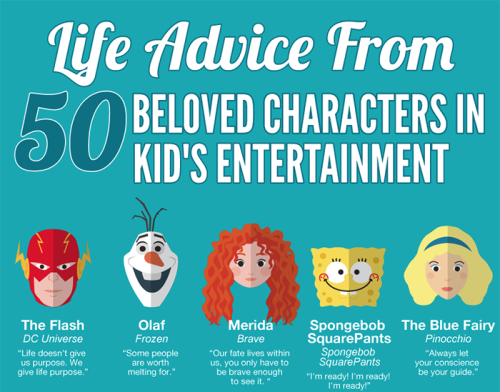

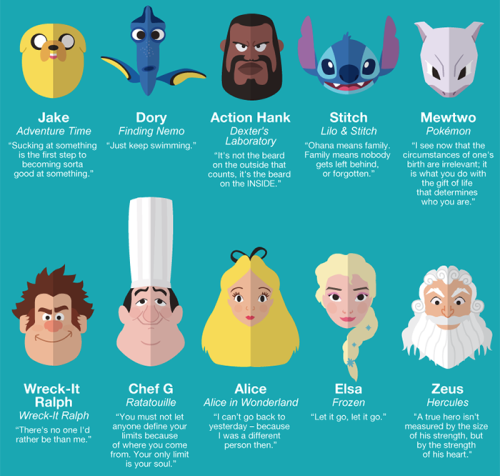
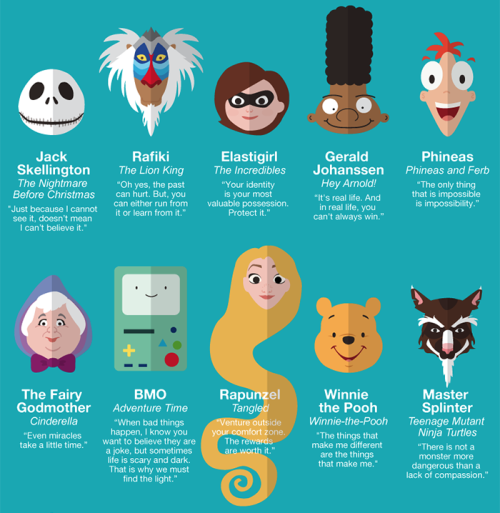
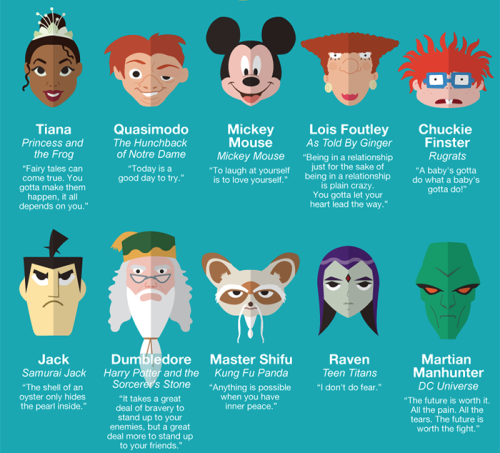
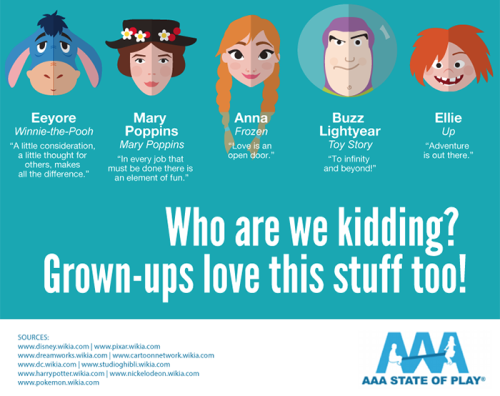
Life Advice from 50 Beloved Characters in Kid’s Entertainment by AAA State of Play -source-










Portraits of birds by Laila Jeffreys


A Glowing Pool Of Light
"NGC 3132 is a striking example of a planetary nebula. This expanding cloud of gas, surrounding a dying star, is known to amateur astronomers in the southern hemisphere as the "Eight-Burst" or the "Southern Ring" Nebula.
The name “planetary nebula” refers only to the round shape that many of these objects show when examined through a small visual telescope. In reality, these nebulae have little or nothing to do with planets, but are instead huge shells of gas ejected by stars as they near the ends of their lifetimes. NGC 3132 is nearly half a light year in diameter, and at a distance of about 2000 light years is one of the nearer known planetary nebulae. The gases are expanding away from the central star at a speed of 9 miles per second.
This image, captured by NASA’s Hubble Space Telescope, clearly shows two stars near the center of the nebula, a bright white one, and an adjacent, fainter companion to its upper right. (A third, unrelated star lies near the edge of the nebula.) The faint partner is actually the star that has ejected the nebula. This star is now smaller than our own Sun, but extremely hot. The flood of ultraviolet radiation from its surface makes the surrounding gases glow through fluorescence. The brighter star is in an earlier stage of stellar evolution, but in the future it will probably eject its own planetary nebula”
Credit: The Hubble Heritage Team

Uneasiness in Observers of Unnatural Android Movements Explained
It has been decades in the making, but humanoid technology has certainly made significant advancements toward creation of androids - robots with human-like features and capabilities. While androids hold great promise for tangible benefits to the world, they may induce a mysterious and uneasy feeling in human observers. This phenomenon, called the “uncanny valley,” increases when the android’s appearance is almost humanlike but its movement is not fully natural or comparable to human movement. This has been a focus of study for many years; however, the neural mechanism underlying the detection of unnatural movements remains unclear.
The research is in Scientific Reports. (full open access)
-
 rosier-than-roses reblogged this · 3 years ago
rosier-than-roses reblogged this · 3 years ago -
 deliciouslovequotesquotespsychic liked this · 3 years ago
deliciouslovequotesquotespsychic liked this · 3 years ago -
 overthinkerikone liked this · 4 years ago
overthinkerikone liked this · 4 years ago -
 ichtanzeaufdenschienen liked this · 4 years ago
ichtanzeaufdenschienen liked this · 4 years ago -
 bist-alles reblogged this · 4 years ago
bist-alles reblogged this · 4 years ago -
 bist-alles liked this · 4 years ago
bist-alles liked this · 4 years ago -
 replay-megiblog liked this · 4 years ago
replay-megiblog liked this · 4 years ago -
 verblassenefarben liked this · 4 years ago
verblassenefarben liked this · 4 years ago -
 trying-hard-not-to-fall-11 liked this · 5 years ago
trying-hard-not-to-fall-11 liked this · 5 years ago -
 lassunsabhauenvonhier reblogged this · 5 years ago
lassunsabhauenvonhier reblogged this · 5 years ago -
 sweetsecretxxx liked this · 5 years ago
sweetsecretxxx liked this · 5 years ago -
 this-is-jarya liked this · 5 years ago
this-is-jarya liked this · 5 years ago -
 beardedsludgefireoaf-blog liked this · 5 years ago
beardedsludgefireoaf-blog liked this · 5 years ago -
 staystrongyouresowonderful reblogged this · 5 years ago
staystrongyouresowonderful reblogged this · 5 years ago -
 enchanted-melody- reblogged this · 5 years ago
enchanted-melody- reblogged this · 5 years ago -
 koelnpoetry reblogged this · 6 years ago
koelnpoetry reblogged this · 6 years ago -
 fluegel-aus-stahl reblogged this · 6 years ago
fluegel-aus-stahl reblogged this · 6 years ago -
 mx-chx reblogged this · 6 years ago
mx-chx reblogged this · 6 years ago -
 an0brainalina liked this · 6 years ago
an0brainalina liked this · 6 years ago -
 tsiebeil reblogged this · 6 years ago
tsiebeil reblogged this · 6 years ago -
 tsiebeil liked this · 6 years ago
tsiebeil liked this · 6 years ago -
 unausgesprocheneworte reblogged this · 6 years ago
unausgesprocheneworte reblogged this · 6 years ago -
 pink-mac liked this · 6 years ago
pink-mac liked this · 6 years ago -
 aboutnadine liked this · 6 years ago
aboutnadine liked this · 6 years ago -
 lovemyhatersbitch liked this · 6 years ago
lovemyhatersbitch liked this · 6 years ago -
 sehnsuchtsrauschen liked this · 6 years ago
sehnsuchtsrauschen liked this · 6 years ago -
 bell-inski reblogged this · 6 years ago
bell-inski reblogged this · 6 years ago -
 mustdin-42-mustdin-blog liked this · 6 years ago
mustdin-42-mustdin-blog liked this · 6 years ago -
 miraclea02-blog liked this · 6 years ago
miraclea02-blog liked this · 6 years ago -
 farbenmensch reblogged this · 6 years ago
farbenmensch reblogged this · 6 years ago -
 farbenmensch liked this · 6 years ago
farbenmensch liked this · 6 years ago -
 blogflyingdog liked this · 7 years ago
blogflyingdog liked this · 7 years ago -
 magic-multicolored-painted-dream reblogged this · 7 years ago
magic-multicolored-painted-dream reblogged this · 7 years ago -
 thetribalchieff liked this · 7 years ago
thetribalchieff liked this · 7 years ago -
 baarish-ki-dua reblogged this · 7 years ago
baarish-ki-dua reblogged this · 7 years ago -
 baarish-ki-dua liked this · 7 years ago
baarish-ki-dua liked this · 7 years ago -
 versprechenfuerglueckundfre-blog reblogged this · 7 years ago
versprechenfuerglueckundfre-blog reblogged this · 7 years ago -
 dramababy liked this · 7 years ago
dramababy liked this · 7 years ago -
 marcelino-pan-y-vino liked this · 7 years ago
marcelino-pan-y-vino liked this · 7 years ago -
 nekopipi reblogged this · 7 years ago
nekopipi reblogged this · 7 years ago -
 crazynocturnalkiki liked this · 7 years ago
crazynocturnalkiki liked this · 7 years ago -
 hannahisreading liked this · 7 years ago
hannahisreading liked this · 7 years ago -
 needyoutobe-blog liked this · 7 years ago
needyoutobe-blog liked this · 7 years ago -
 herztotermensch liked this · 7 years ago
herztotermensch liked this · 7 years ago -
 moonwalkingshadow-blog liked this · 7 years ago
moonwalkingshadow-blog liked this · 7 years ago -
 naturwind reblogged this · 7 years ago
naturwind reblogged this · 7 years ago


